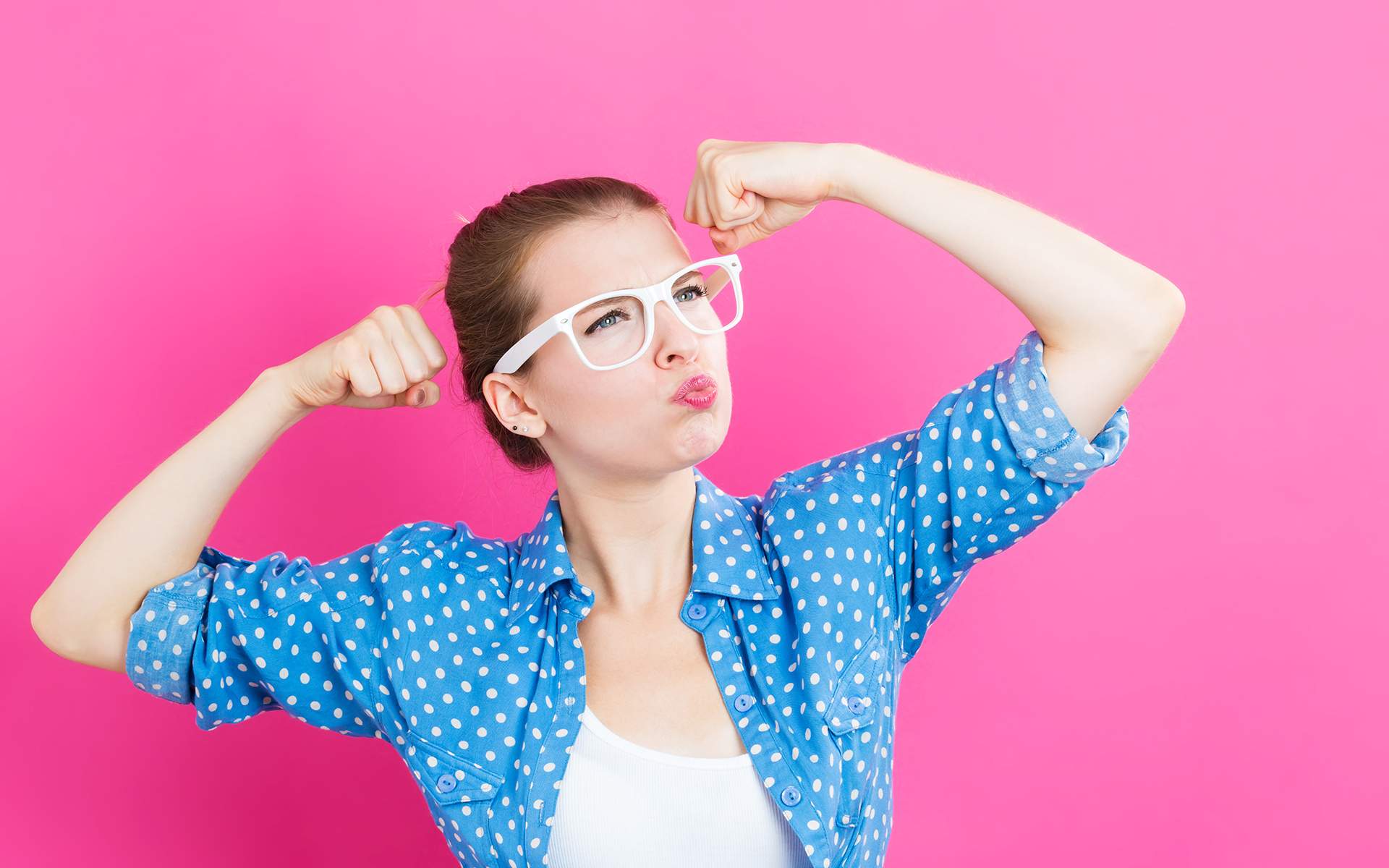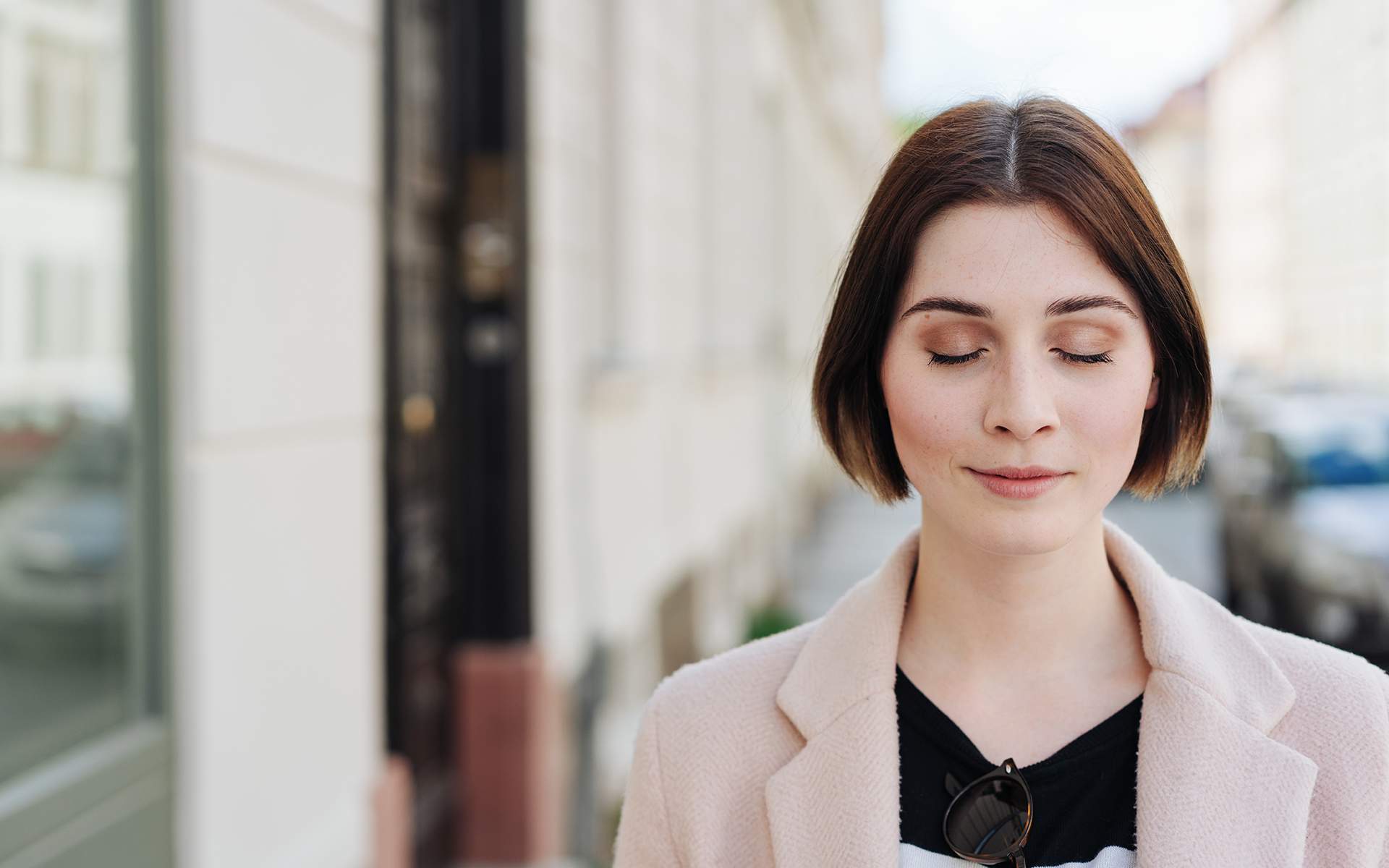During my first day of graduate school to become a psychologist, a wise, mischievous, provocative professor said to us:
Human suffering is often about freedom and containment. When we have too much containment, we scream for freedom. “Let me be me! I need space! Don’t tell me what to do!” But when we have too much freedom, we start to feel adrift. Fearful. Lost in space… and suddenly we are longing for containment. “Hold me close! I need to feel safe!”
My years of work as a therapist, professor, and community member—did I mention that I live in a cooperative household of eight adults?—have made the wisdom of this insight so clear to me. Our interpersonal upsets and inner pain are so frequently a form of rebelling against too much containment (“Don’t fence me in!”) or protesting not enough contact or security (“Where did you GO?”)
What does all of this have to do with a global pandemic, social distancing, and the disruption of everything?
Our everyday social structures have been altered, and some have even (temporarily, at least) evaporated. These structures normally create connection: in meetings and at the water cooler at work, in class and at the playground at school, at the gym and the coffee shop. Importantly, they also create distance: We say goodbye to our partners and kids in the morning, and we greet them again in the evening. All of this happens automatically, without much effort on our parts. And while we like to rail against these structures (“Same old, same old, every day”), when they are suddenly removed, people respond in interesting ways.
Three Ways People React to the Sudden Loss of Normal
- Some may initially delight in newfound freedom—the removal of constraint. “I can do whatever I want to! Netflix, PJ’s, and chocolate all day!” It’s delicious—for a moment.
- Others might be initially terrified by newly imposed constraints. Children home all day every day. Spouses suddenly inhabiting the same space 24/7. No more trips to the gym, a restaurant, a library; many of our local parks are even off-limits. “I gotta get out of here. I can’t breathe!”
- Still others are feeling anxiety, or even terror, about the sudden, yawning horizon of solitude. No social events, no classes, no sports . . . just aloneness. “Is anybody out there? What will I DO with all this time?”
It’s normal to stagger when the old structures are swept away.
Whatever our first reaction, most of us are likely feeling the creeping presence of something we typically like to avoid. An emotion, a persistent mood, a relationship, a life challenge that is neatly tucked away into the background, until it’s not—and its emergence is unnerving, unwelcome, and sometimes downright terrifying.
Four Universal Elements of Health and Well-Being
It’s normal to stagger when the old structures are swept away. And today we have the opportunity (and, frankly, the imperative) to create new norms and daily habits. Intentionally. By design. For our well-being, and the well-being of our families and communities, we are called upon to actually generate sustainable structures that produce sanity, health, and human thriving.
How? At Open Source Wellness—of which I am Co-Founder and Executive Director—we start by creating daily structures around a “Universal Prescription” for health and well-being: Move, Nourish, Connect, Be.
Whether we’re in generally good health or struggling with chronic physical or psychological challenges, every person needs these four things, every day:
1. Move. Our bodies need to move. Every day. They need to stretch, reach, twist, bend, step, sweat, to whatever degree works for our unique shapes and constitutions.
2. Nourish. A balanced and nutritious meal sets us up for steady energy, mood, and motivation throughout the day. This doesn’t mean banning or outlawing the small treats that bring us joy, but rather setting up a daily meal structure that fills our bellies with nourishing, healthy foods.
3. Connect. We need to feel seen, heard, and understood by other people—and to extend the same to them in return. The developer and philanthropist James Rouse famously said, “A healthy community is a garden to grow people in.” We can create community as medicine for ourselves, our families, and our societies.
4. Be. Amidst all the “doing”—the preparing, protecting, adjusting, coping, responding, providing, procuring—humans need moments to simply BE. We need to pause, regularly and long enough to let our nervous system come back to baseline.
Take the Quiz: Where are you on a scale from frazzled to balanced?
How are you doing with each of the four aspects of the “Universal Prescription?”
First, grab a pen and your journal (or a piece of paper). Try rating each aspect (Move, Connect, Nourish, and Be) on a scale from 1-10, with 1 being “I’m nowhere near meeting my goals for this,” and 10 being “I’m feeling great about this, and my behavior is totally aligned with my values.”
Remember, the aim of this quiz isn’t to judge yourself—it’s simply to be honest about where you are, so you can make informed choices.
Also, as you do this personal wellbeing assessment for yourself, what do you notice? Which of these four practices do you incorporate effortlessly, as a part of your daily routine? Which ones might need a bit more attention, more practice, more cultivation? You might also add a line for each aspect about why you gave the rating you did, and one small, concrete experiment you could try to see if it makes a difference!
1. Where are you with your movement goals?(1 on your scale might be “Um… What movement goals?” while 10 might be “I’m rocking my daily movement practice and feel great about it!”
2. How are you eating lately?(1 being “Oh dear. Strictly gummy bears and soda for the past 2 weeks,” and 10 being “This is the healthiest I’ve ever eaten!”
3. How are you doing with connectingand finding strength in a sense of community? (1 being, perhaps, “I’ve completely lost touch with the people who are important to me,” while 10 could be “I feel connected, nourished, supported, and uplifted in my connections.”)
4. How well are you tuning in to your inner peace and caring for your well-being? (1 being “Pause? No way, I don’t have time for that,” and 10 being “I am checking in with myself regularly and using the practices or habits that give me space just to be here for me.”)
Now, take a look at your results
Where are you today, and where would you like to be?
If your scores fall between 1 and 5: I would invite you to start first with compassion. This is a crazy time, and it makes so much sense that wellness practices are not the top of your list! Bring as much kindness, gentleness, forgiveness, and even humor as you can to this moment. Then, see where you can get curious. What would a small next step towards well-being be?
If your scores fall between 5 and 10: I invite you to take a moment to acknowledge and appreciate what you’ve been doing—in a pandemic, no less! Take a deep breath, give yourself a smile, and when you’re ready, get curious! What small step would take your well-being from good to great?
This time is an opportunity to get intentional. To choose, rather than to drift.
As a bonus, try sharing your wellness assessment with a family member or friend. Share what’s true for you, ask about them, and see how you might provide some mutual support and accountability for your next steps.
And as an example, here’s mine for today:
1. Move: Where am I with my movement goals? 7
- Why? I have a pretty good morning movement routine, but a minor injury has me feeling less strong than I’d like.
- Next Step: Find a YouTube video of a 10-minute indoor workout, and try it tomorrow morning!
2. Nourish: How am I eating lately? 6
- Why? I’ve mostly been eating foods that make me feel healthy and alive—and then eating some sugary things (hellooo, chocolate! )on top of that, which makes me feel exhausted later in the day. Room for improvement.
- Next Step: I’ll eat a bit more protein (an egg?) for breakfast, and hold off on chocolate until after 3pm as an experiment, tomorrow.
3. Connect: How am I doing with connecting? 6
- Why? I’m lucky to have housemates to chat informally with throughout the day, but I miss deeper connection. Also, being single and sheltering-in-place is not optimal!! (That said, my partnered friends aren’t reporting that it’s a cake walk, either!)
- Next Step:
- Schedule deeper, one-on-one conversations by phone this week with two friends.
4. Be: How am I doing at taking care of my inner well-being? 4
- Why? I’m still doing my morning meditation and journaling, but the physical isolation from the rest of the world has my stress level elevated.
- Next Step: I’d like to try instituting “Afternoon Veg Time”: 20 minutes of total rest and self-care!
Finding the Ground Under Our Feet
It’s a very, very strange time. And while we’re all (appropriately) focused on caring for the physical health of ourselves, our communities, and society at large, our mental, emotional, and social health needs are quickly emerging as profoundly important as well.
This time is an opportunity to get intentional. To choose rather than to drift. In the absence of everything that normally dictates our days, we are called on to create the freedom along with structure that will support our health and well-being in a time of profound uncertainty. And in case the term “Social Distancing” bums you out as much as it does for me, you might try on “Expansive Solidarity.” We’re in this together . . . spaciously.
Learn more about Open Source Wellness and sign up to participate in their community-building virtual program, The Well-Being Hour.








